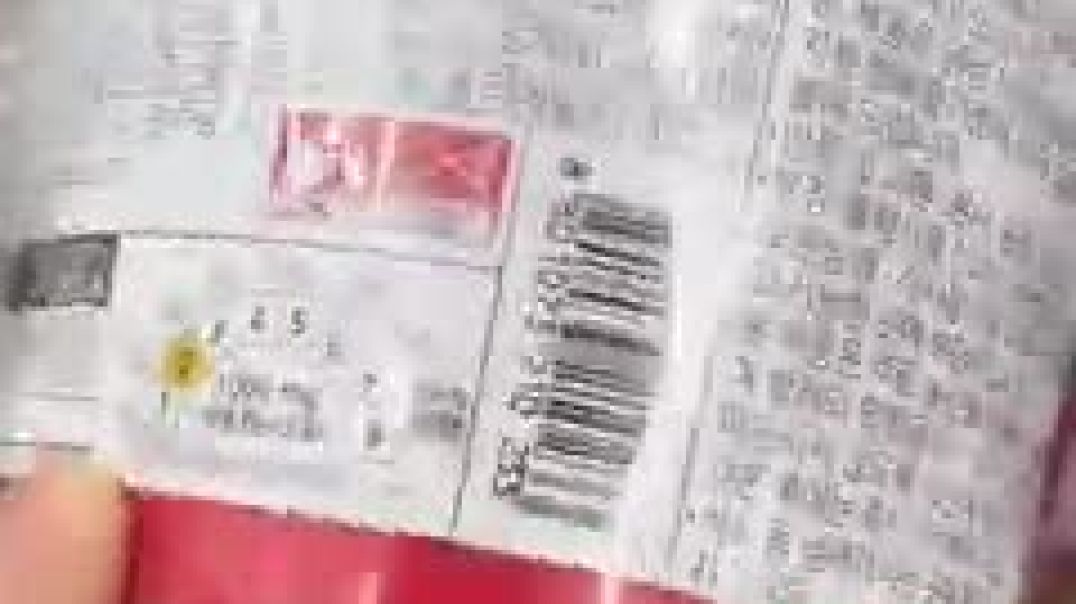Helping Students Identify Fake News with the Five C's of Critical Consuming
► Please Subscribe to My Channel Here - http://bit.ly/spencervideos
With digital tools, it is easier than ever to create, edit, and publish your work to the world. But there’s a cost. It’s also easier than ever to spread misinformation. And fake news has become a real issue in recent times.
We see this with students. According to a Stanford study, only 25% of high school students were able to identify an accurate news story when also given a fake one. Students also had a hard time distinguishing between real and fake photographs as well as authentic and staged videos.
Researchers used the words “bleak” and “dismaying” to describe it. But it’s not going away anytime soon and that’s a very real problem.
So, how do we fix it?
Well, here’s a five-step process that I’ve used with students.
A word of caution. It’s not perfect and there are probably other models out there but I thought I would share it just in case you might want to use it.
We call it the 5 C’s of critical consuming.
#1: Context - Look at the context of the article. When was it written? Where does it come from? Have the events changed since then? Is there any new information that could change your perspective?
#2: Credibility - Check the credibility of the source. Does the site have a reputation for journalistic integrity? Does the author cite credible sources? Or is it satirical? Is it on a list of fake news sites? Is it actually an advertisement posing as a real news story?
#3: Construction. Analyze the construction of the article. What is the bias? Are there any loaded words? Any propaganda techniques? Any omissions that you should look out for? Can you distinguish between the facts and opinions? Or is it simply all speculation?
#4: Corroboration: Corroborate the information with other credible news sources. Make sure it’s not the only source making the claim. If it is, there’s a good chance it’s actually not true.
#5: Compare: Compare it to other news sources to get different perspectives. Find other credible sources from other areas of the ideological or political spectrum to provide nuance and get a bigger picture of what’s actually happening.
See, when we teach students media literacy, and they learn how to consume critically, they learn how to think critically. And critical thinking citizens are good for democracy. And that’s good for everyone.





















